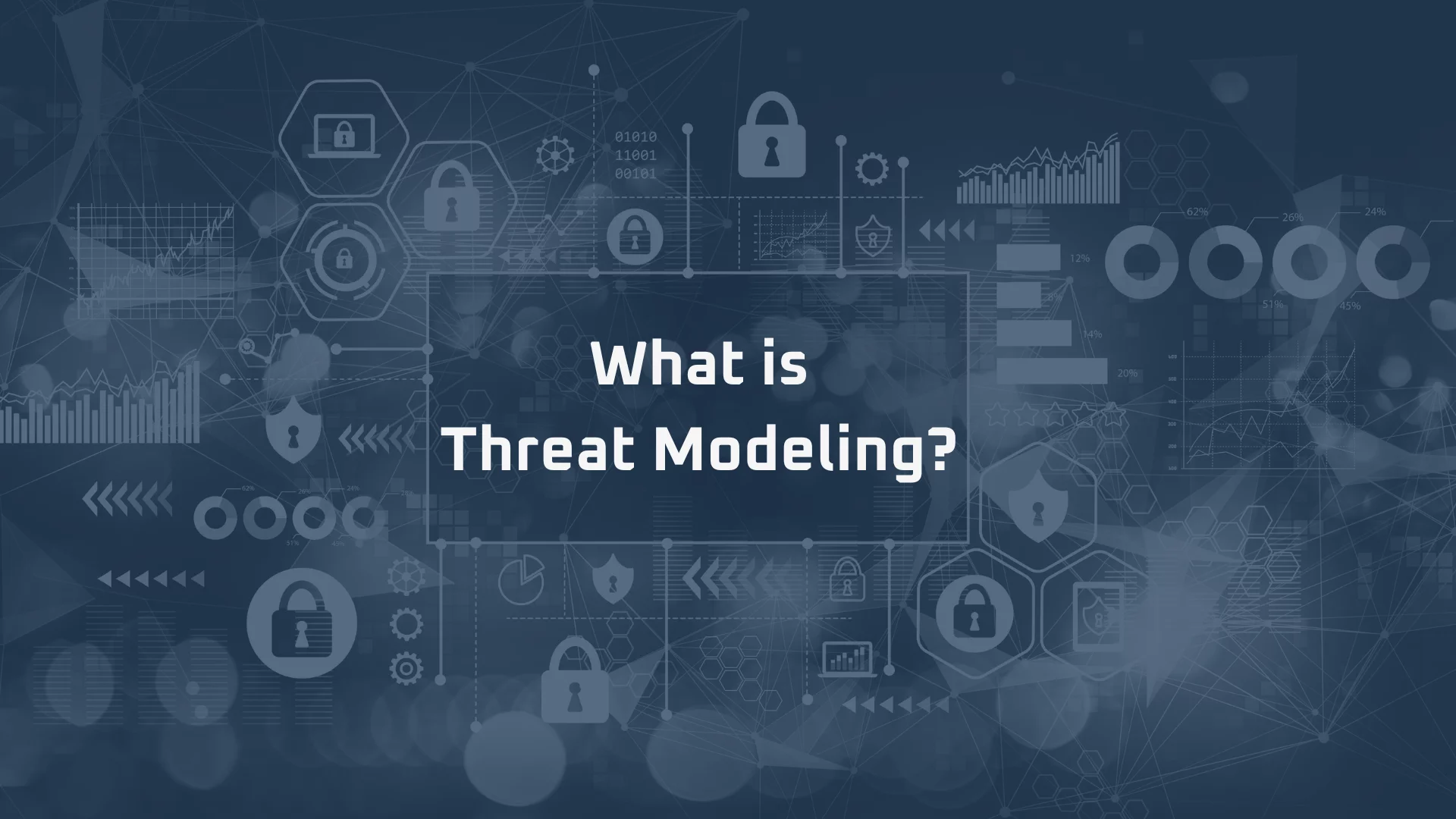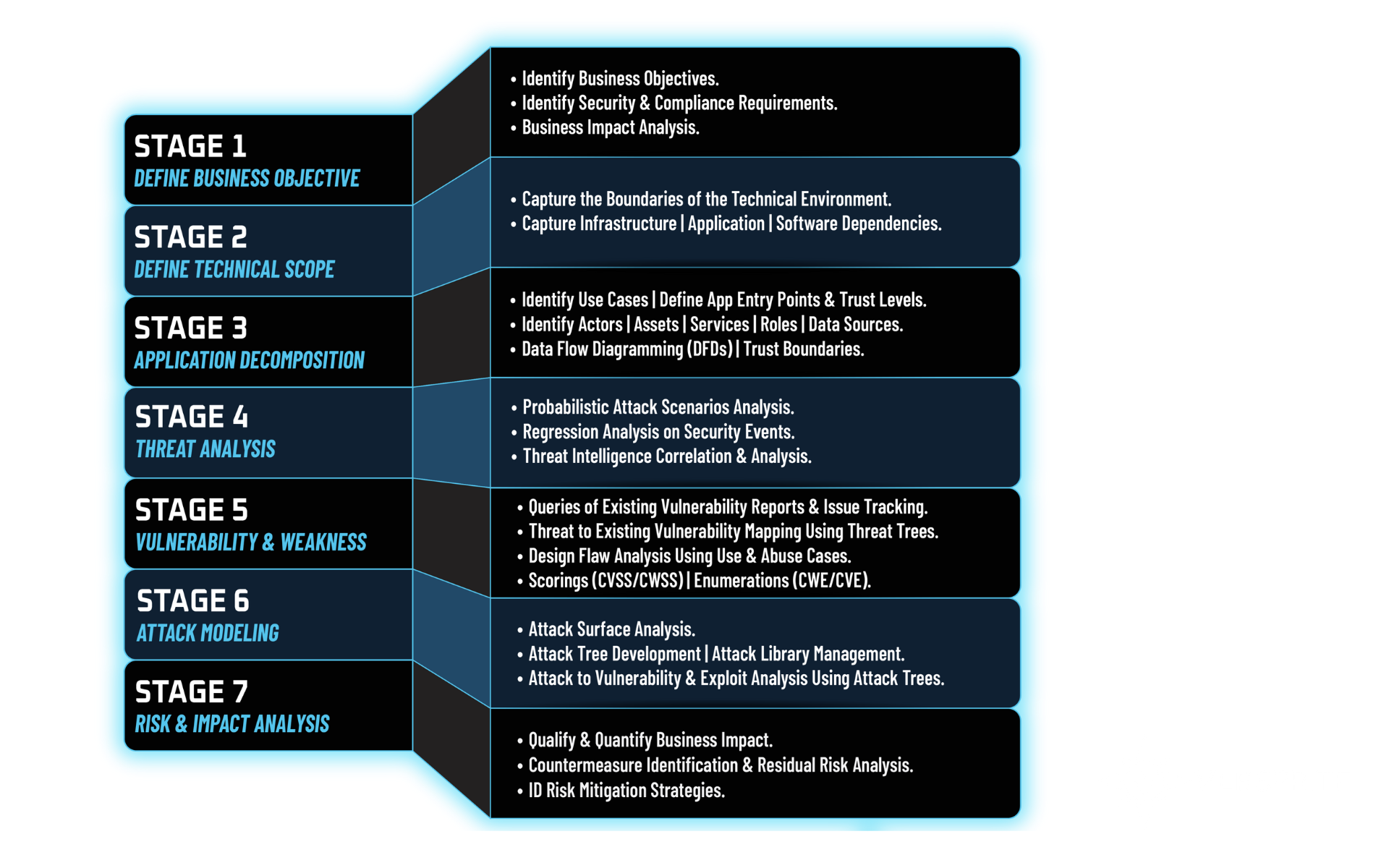What is Threat Modeling?
What is threat modeling? This is a common question asked by people new to the specifics of cybersecurity. Threat models are practical measures used to protect your business’ data and networks from cyber threats and attacks. This is one of the many cybersecurity measures that VerSprite conducts to prevent sensitive and invaluable data from being stolen. Let’s dive into the specifics of what threat modeling is and how VerSprite can help you.

What is Threat Modeling Cybersecurity? A Breakdown of the Various Threat Model Methods
Threat modeling, or the use of threat models, is a proactive approach to identifying, assessing, and addressing potential security threats to a system. It involves a series of steps that help in understanding the security implications of applications, systems, or business processes and is an integral part of the software development lifecycle (SDLC). By simulating the perspective of potential attackers, threat models allow organizations to prioritize and mitigate risks before they can be exploited.
Several methodologies exist for conducting threat models, each with its unique focus and benefits:
- PASTA: An acronym for Process for Attack Simulation and Threat Analysis – is a risk-based methodology that incorporates business impact analysis as an integral part of the process and expands cybersecurity responsibilities beyond the IT department.
- STRIDE: An acronym for Spoofing, Tampering, Repudiation, Information Disclosure, Denial of Service, and Elevation of Privilege, STRIDE helps in identifying threats based on these categories.
- TRIKE: This method focuses on defining security requirements and building a model that reflects the system’s behavior under attack.
- VAST: Visual, Agile, and Simple Threat modeling is designed to be scalable and integrate into Agile methodologies.
While these methods offer valuable insights, one methodology stands out for its comprehensive and risk-centric approach: PASTA threat modeling. When understanding what is threat modeling, PASTA is the number one choice.
What is the PASTA Threat Modeling 7 Steps Framework?
What is Threat Modeling Cybersecurity Without PASTA, the Premier Choice?
PASTA is a seven-step methodology that provides a detailed and structured approach to threat models. It is designed to integrate risk management and security practices into the development process.
The Seven Steps of PASTA:
- Preparation: Define the objectives and scope of the threat model.
- Application Decomposition: Understand the architecture, components, and data flow.
- Threat Analysis: Identify potential threats using various techniques.
- Vulnerability Analysis: Examine the system for weaknesses that could be exploited.
- Attack Enumeration: Map out possible attacks based on identified threats and vulnerabilities.
- Risk and Impact Analysis: Assess the potential impact and likelihood of each threat.
- Countermeasure Analysis: Develop strategies to mitigate or eliminate risks.
PASTA’s risk-centric approach ensures that threats are evaluated in the context of their potential impact on the business, making it a highly effective methodology for organizations that prioritize security in alignment with their business objective
Why PASTA Threat Modeling Stands Out
PASTA excels in several areas:
- Business Context: It aligns security efforts with business goals and priorities.
- Attacker Perspective: Offers a realistic view of potential threats by simulating an attacker’s approach.
- Risk Focus: Prioritizes threats based on their potential impact, helping to allocate resources effectively.
- Collaborative: Encourages involvement from various stakeholders, fostering a culture of security awareness.
Build Your Own PASTA Threat Model
Many have used PASTA to build their own flavor of threat modeling that scales with their respective SDLC process. Whether or not you are a legacy waterfall or agile shop, you can leverage the stages of PASTA to make each stage modular and adopt or deprecate activities within each stage to align to internal capabilities that are realistic and aligned to software development timelines. Check out how GitLab built a threat modeling program based upon PASTA as a base to creating their own flavor of PASTA (pun intended).

VerSprite Professional Threat Modeling Services
While there are many methods to perform threat modeling, PASTA’s comprehensive, risk-based framework makes it the best choice for organizations looking to integrate security into their business processes effectively. By adopting the PASTA methodology, businesses can ensure that they are well-prepared to identify, analyze, and mitigate the ever-evolving landscape of cybersecurity threats.
Contact VerSprite today to understand more about what is threat modeling and why PASTA could benefit your business.
Subscribe for Our Updates
Please enter your email address and receive the latest updates.